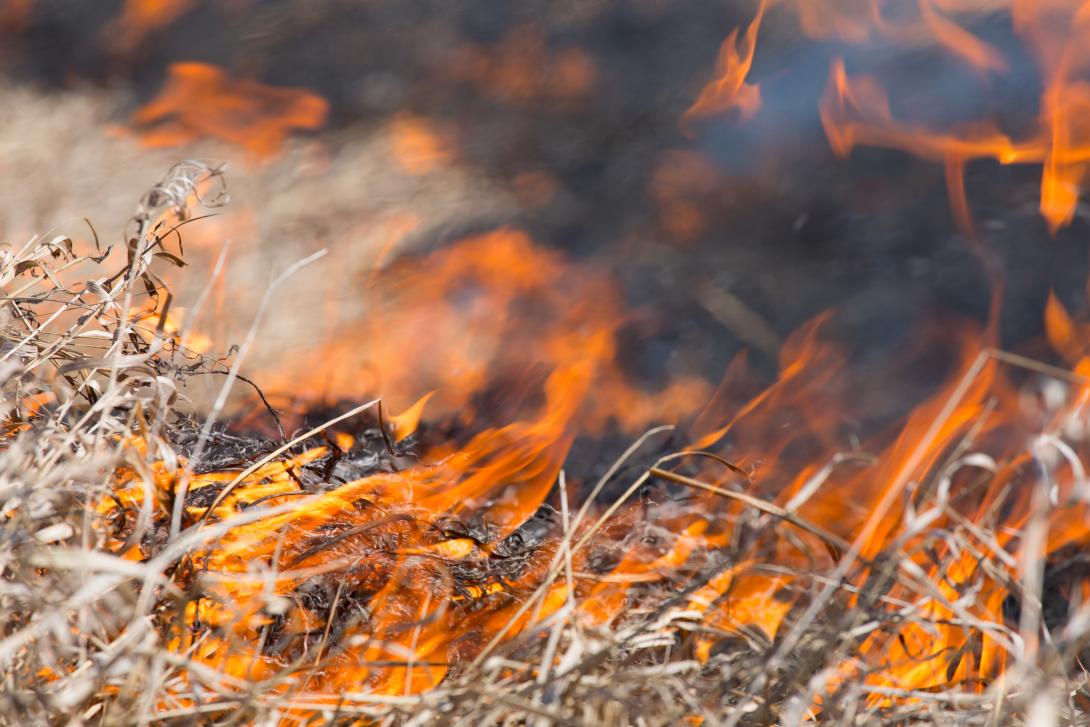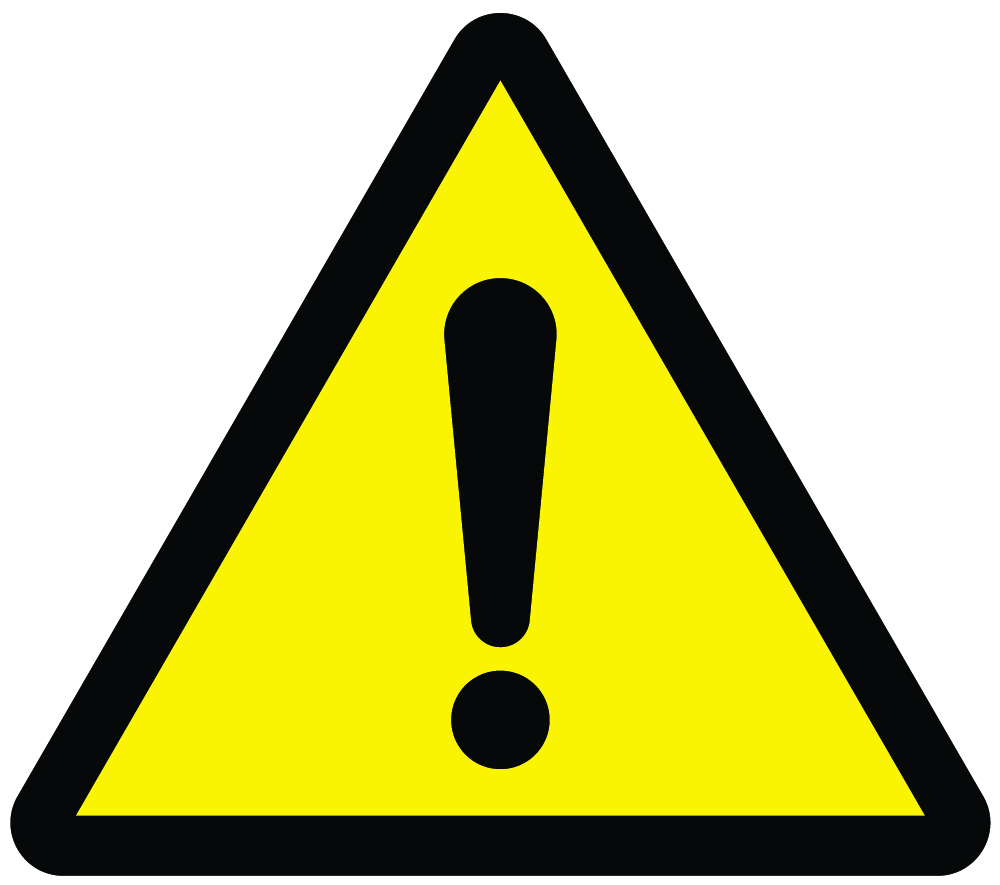
Farming and land
From using nitrates to fires in haystacks, Kent Fire and Rescue Service are here to help keep you, your farm and anyone who visits or walks across it, safe from fire.
Learn more below.
Nitrates and your farm
Ammonium nitrate is an important fertiliser for many farms, but it can also be a hazard if it's not used and stored correctly. Apart from its ability to speed up the burning process of other things, it can release toxic fumes and even explode, so its correct storage and use is important.
As most farms will be aware, if you store more than 25 tonnes of ammonium nitrate on your farm, you'll need to let us know and mark the entrance to your site with a warning sign. The Health and Safety Executive provide valuable information about the Notification of dangerous substances and ammonium nitrate on farms. (NAMOS)
Let us know if you're storing one tonne or more ...
Simply complete our form and press send.
Fires and farms
No one wants a fire on their land - apart from the physical and financial impacts, an open air fire can spread to buildings and affect people and livestock. Fighting such fires can be a long process, with firefighters tied up for hours sometimes as the haystack or other material smoulders and burns out.
Sometimes it is possible to hand over responsibility for open air fires back to the farmer or landowner at an earlier stage. This will be considered on an individual fire basis, working alongside farmers and landowners to find a solution that suits each incident, and subject to the following process:
- KFRS will attend and deal with the fire and ensure there is no danger of spread as normal
- we will then meet with the farmer or landowner at the scene, discuss any issues and agree a handover time when you can take charge of the site. We will do this as early as possible to give you plenty of notice to make any necessary arrangements
- we will not hand over an incident if there is any risk
- we will provide the details of a KFRS officer who will be a point of contact to support you whilst the material burns down. They can also liaise with local fire crews who will then monitor the incident occasionally to confirm everything is satisfactory
- in addition, we will provide an incident handover sheet to tell you about any issues you need to be aware of, such as what to do if the wind should change direction or speed
Need help or advice?
Please contact [email protected]
